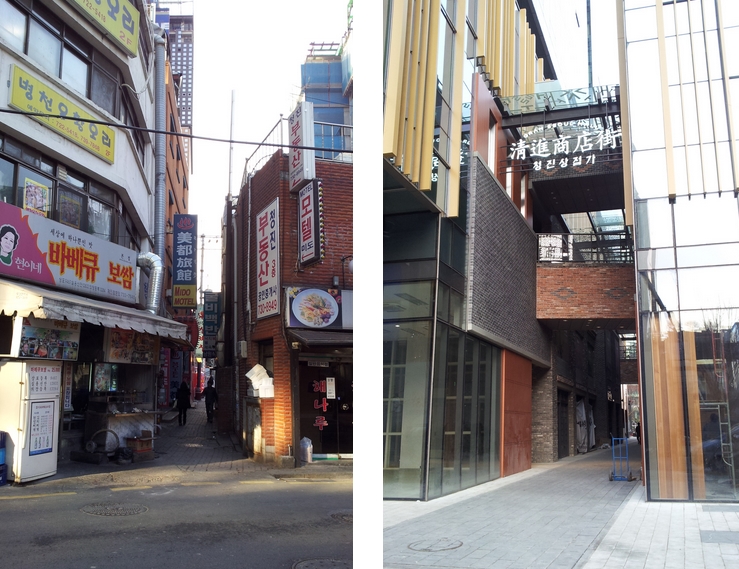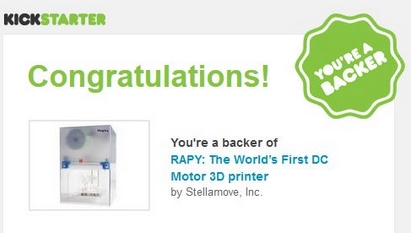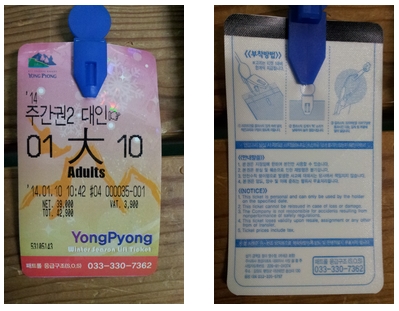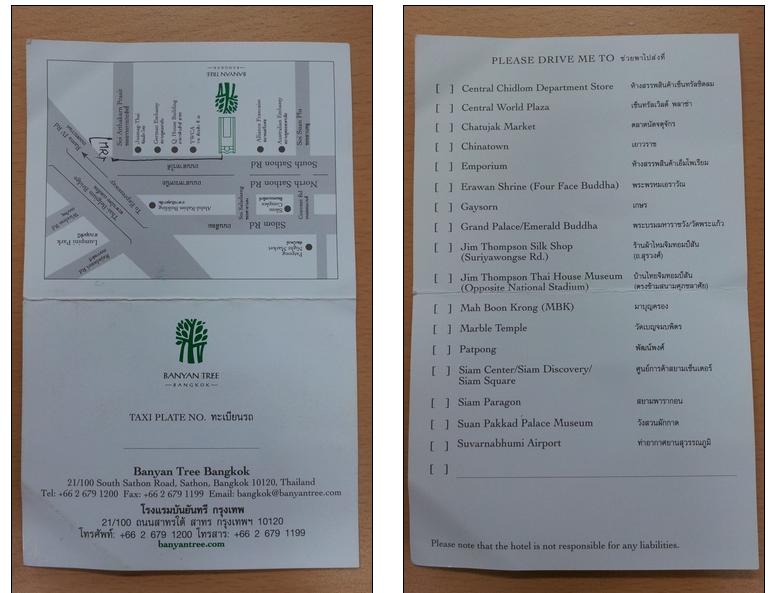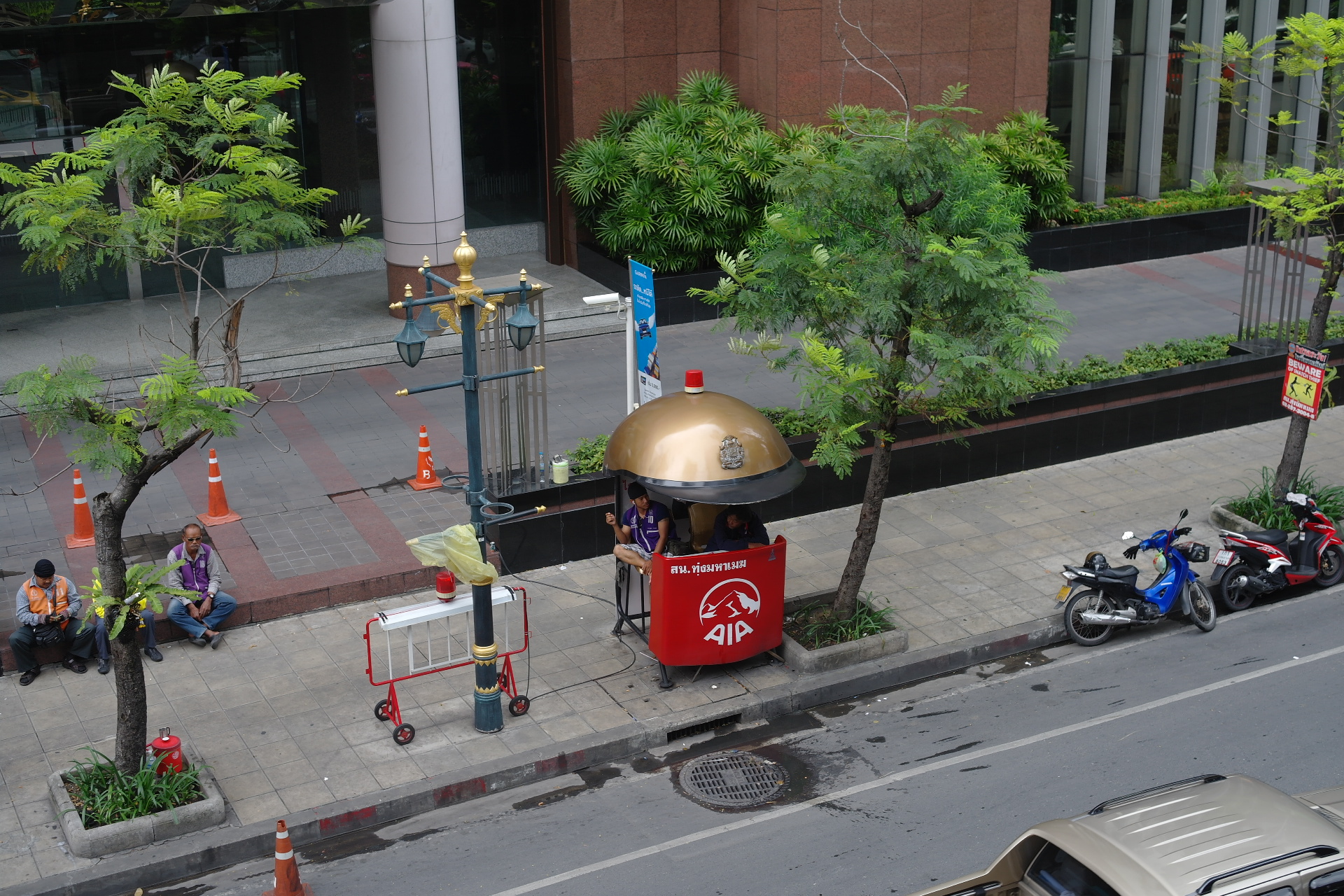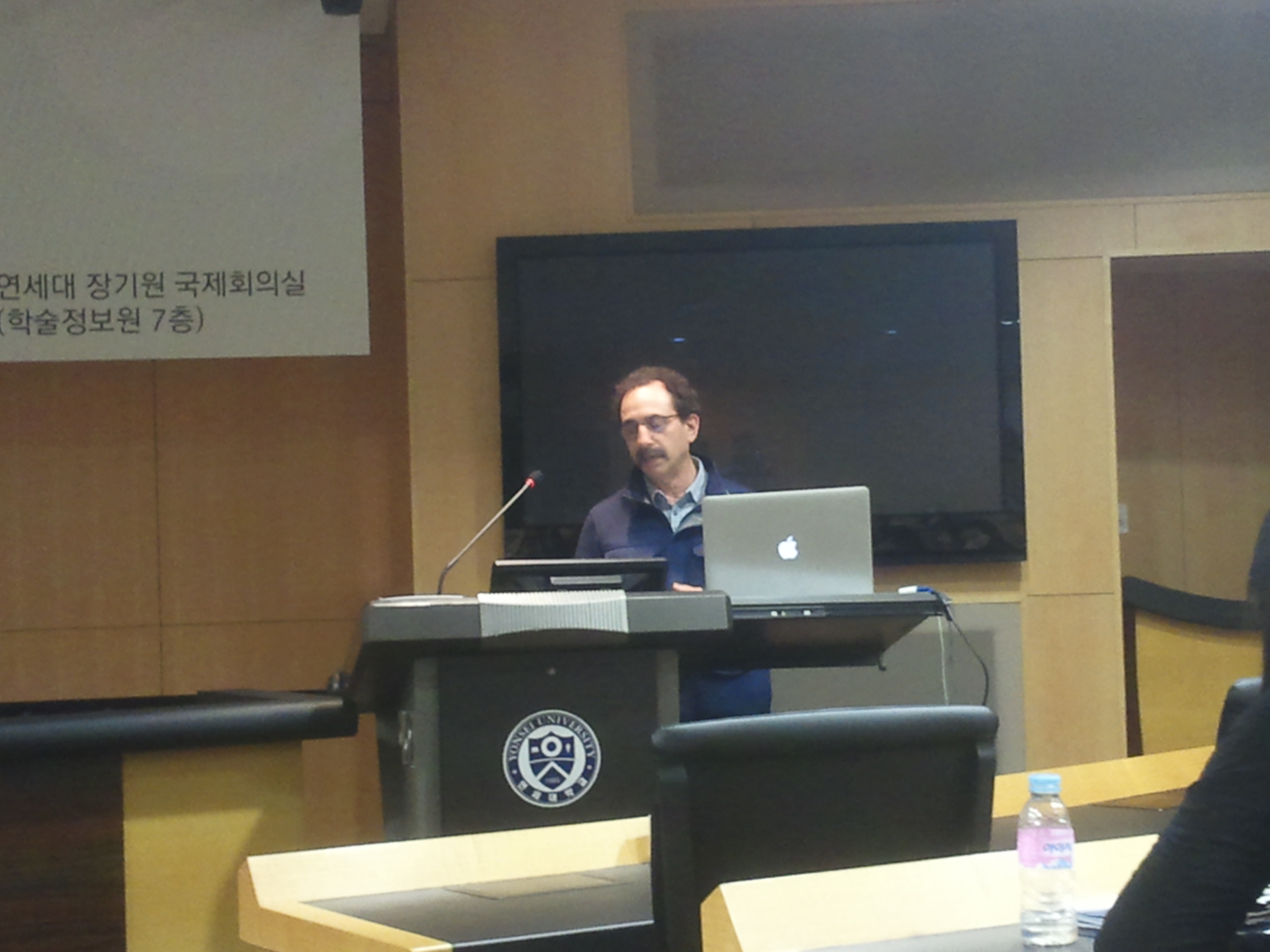Some business schools offer design courses. The first business school that I introduce is the College of William & Mary’s Mason School of Business. According to the 2013 Bloomberg Businessweek Best Undergraduate Business-Schools ranking, it is the best in the nation for marketing (see the article here). In this school, undergraduate students learn and experience “design process” in their design courses such as “Creativity & Innovation,” “Sustainability Inspired Design,” or “Design as Strategy” led by two marketing professors, Scott Swan and Michael Luchs.

This business school has many top-notch marketing researchers, has a close relationship with other institutions and firms in Virginia, and has a brand new building. However, what truly makes this school stands out among a long list of US business schools includes its interdisciplinary courses and a unique space called Design Studio.

With Jim Olver, Scott Swan and Michael Luchs spent enormous effort in redesigning a relatively detached, corner space in this building. They flattened the floor, made the moving boards by fastening the plates and metals with ropes, purchased square black cushions, and placed the table tops on top of the carts for moving carts.



Their hard work paid off. When they run design courses in this Design Studio, students have lively brainstorming discussions, instantly review new concepts, and actually build the mock-ups of their outcomes.


